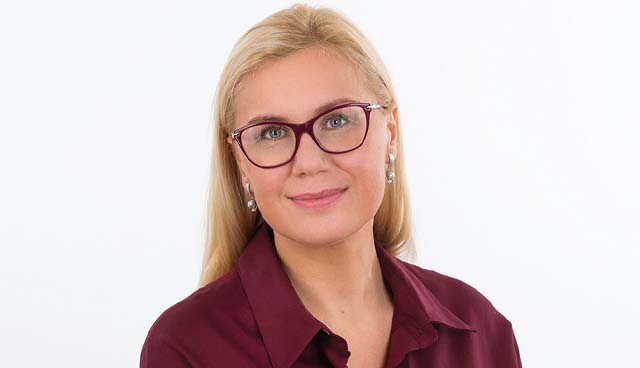Implementing the European Green Deal

European Commissioner for Energy Kadri Simson discusses the role of the Fit for 55 package in the implementation of the European Green Deal.
In order to achieve the goals set out by Fit for 55 and the European Green Deal, Europe needs to save 9 per cent more energy than it would do on its current trajectory. All member states will have flexibility in how they go about achieving this goal, but the question that has been much discussed is how exactly these member states can get to this goal. The European Commission has proposed a greater annual energy savings obligation, increasing it from 0.8 per cent to 1.5 per cent.
“Each member state can focus on sectors with the biggest potential: buildings, transport and industry,” Simson says. “We foresee a stronger role of the public sector. For example, through energy efficient renovations and public procurement. We want to alleviate energy poverty; that means developing policies with the most vulnerable in mind. We are also proposing that the Energy Efficiency First Principle be enshrined in law, which will help to use its full potential.”
In terms of renewable energy, the Fit for 55 package and the revised Renewable Energy Directive provide what Simson calls “a complete framework for renewable deployment covering every relevant sector of the economy”. That includes revised targets, such as the 40 per cent of renewables targeted for inclusion in Europe’s energy mix by 2030, an increase of 8 per cent on top of the current target. Much of the necessary work was already completed in 2020, within European strategies for energy system integration, hydrogen, the renovation wave, and offshore renewable energy. New rules were also proposed for the trans-European energy networks, putting the focus firmly on green energy and grids.
“Still, we need to go further,” she states. “We need to go beyond electricity and decarbonise heating and cooling, which counts for half of our energy consumption. We must ensure that investments for buildings renovation guide us away from fossil fuel boilers and towards sustainable alternatives, and that shift needs to be a cost-effective one. The revised Renewable Energy Directive also aims for a bigger role for electrification in transport and innovative fuels, especially for the harder to decarbonise sectors like aviation and maritime.
“Each of these two instruments, the revised energy efficiency and renewable energy directives, are united in a common goal: partnership with our consumers and citizens at the centre of the transition, but this package is a play with two acts. The work is not done, and there are several important initiatives still to come this year. By the end of 2021, we will review the Energy Performance of Buildings Directive. In the same timeframe, the Commission will present proposals to decarbonise the EU gas market, including measures to boost clean hydrogen. Finally, we will tackle the emissions of the most potent and second-most important greenhouse gas: methane.”
Ireland
While Ireland is “at the geographical periphery of Europe”, as Simson puts it, it also has “the capability to be at the centre of the energy transition”. Simson uses the 70 per cent target for renewable electricity by 2030 as evidence for this claim. Successfully reaching this target demands an Irish grid ready to carry this increased capacity and a security of supply; Simson points to the Celtic Interconnector project as the answer to both of these issues. In 2019, the Celtic Interconnector received what was then the largest ever grant from the Connecting Europe Facility, €530 million, as well as additional coordination and acceleration of permit granting processes under the TEN-E regulation. It is expected to go live by 2026.
Concluding, the Commissioner turns her attention to how the coming transformation will impact the European citizen: “I don’t talk about the impact on fossil fuel industries lightly. They will be impacted across the EU, and in Ireland, where the greatest impact will be on the peat industry and the midlands region. We cannot overestimate the importance of a just transition, one where no one is left behind. The key priority is to guide a low-carbon transition while supporting communities and opening up new business perspectives in the energy sector and beyond.”





